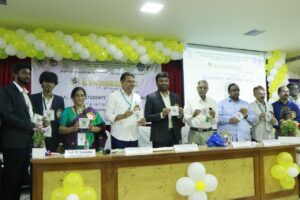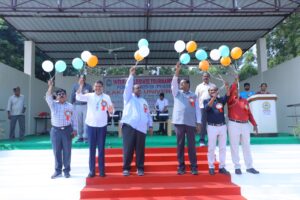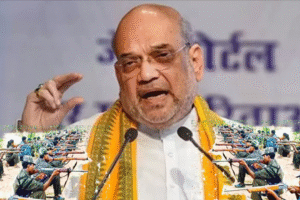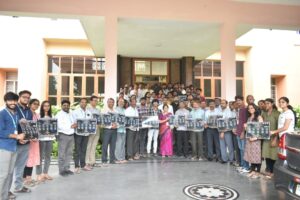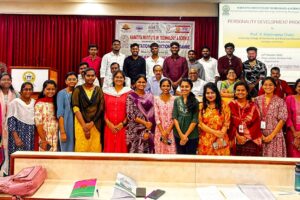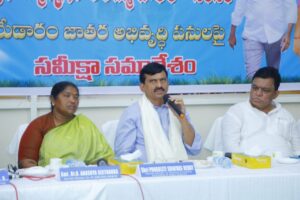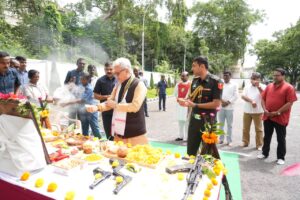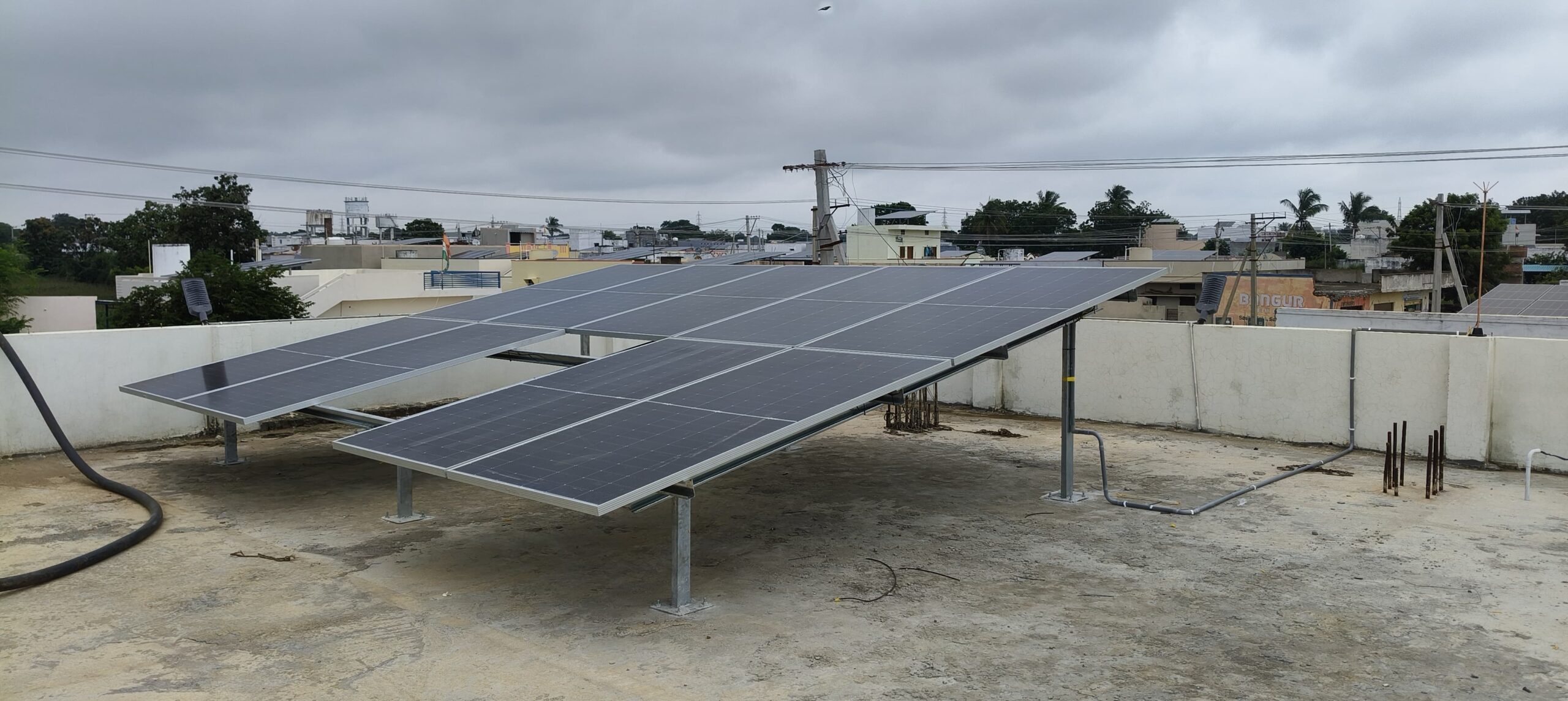India, a nation of over 1.4 billion people, stands at a critical juncture in its pursuit of the Sustainable Development Goals (SDGs). Adopted by the United Nations in 2015, the 17 SDGs represent a universal call to action to end poverty, protect the planet, and ensure that all people enjoy peace and prosperity by 2030. For a country of India’s scale and diversity, achieving these ambitious targets is not merely an international obligation but a fundamental imperative for its own equitable and sustainable future.
The Indian government, led by NITI Aayog, has actively embraced the SDG framework, integrating it into national planning and policy-making. The “Sabka Saath, Sabka Vikas, Sabka Vishwas” (Collective Efforts for Inclusive Growth and Trust) philosophy espoused by the Prime Minister resonates deeply with the core principle of “Leave No One Behind” that underpins the SDGs. This commitment is evident in the regular publication of the SDG India Index, which tracks progress at the sub-national level, fostering a spirit of competitive federalism among states and Union Territories (UTs).In the NITI Aayog’s SDG India Index 2023-24, Kerala and Uttarakhand share the top spot with a composite score of 79.(Telangana score is 74)
India has demonstrated significant progress across several SDGs. The overall SDG India Index score has seen a commendable rise, from 57 in 2018 to 71 in 2023-24. This improvement signals a positive trajectory, with 32 out of 36 states and UTs now categorized as “Front Runners” (scoring between 65 and 99), a substantial increase from previous years.
Affordable and Clean Energy is arguably India’s strongest suit, with a score reaching an impressive 96 in 2023-24. Initiatives like the Saubhagya Scheme have achieved nearly 100% household electrification, and the Pradhan Mantri Ujjwala Yojana has significantly expanded access to clean cooking fuel. India has made massive strides in scaling up renewable energy capacity.The installed renewable energy capacity has surged from 76.37 GW in March 2014 to 226.79 GW in June 2025
India has made substantial headway in poverty reduction, particularly in multidimensional poverty. Large-scale government interventions, digitally enabled safety nets, and financial inclusion programs have played a crucial role. The SDG India Index for Goal 1 saw a significant jump from 60 to 72. In the World Bank sponsored ranking of the countries, India stands among the first four countries with the least consumption inequality.
India’s commitment to climate action is evident in its ambitious targets for reducing emission intensity of GDP, increasing non-fossil fuel energy sources, and creating carbon sinks. The score for this goal increased from 54 in 2020-21 to 67 in 2023-24.
The Swachh Bharat Mission has been instrumental in improving sanitation coverage, and efforts are ongoing to ensure access to improved sources of drinking water, with over 95% of rural and 97.2% of urban populations having access in 2020-21. But in inculcating the culture of cleanliness in keeping the community environs clean is still far away from the stages reached in the advanced country speech.
India’s focus on building robust infrastructure, fostering a vibrant startup ecosystem, and promoting innovation contributes to progress in this area. With the spurt in the number of unicorns and startup billionaires albeit in the field of services rather than in manufacturing technologies, the road ahead is promising.
The emphasis on MSMEs and start-ups for employment generation, coupled with skilling initiatives, supports this goal. The
Despite the commendable progress, India faces significant challenges in achieving the SDGs by the 2030 deadline. These challenges are often interlinked and require sustained, targeted efforts:
Despite schemes like Beti Bachao Beti Padhao, gender disparities persist in education, employment, health, and political representation. Deep-rooted cultural norms and societal attitudes continue to impede progress, and several states have even seen a decline in their scores for this goal.
Economic growth has not always translated into equitable distribution of benefits, leading to rising inequalities. Regional disparities within the country remain a concern, and efforts are needed to ensure that development reaches the most marginalized and vulnerable populations.
While food security initiatives are in place, malnutrition, particularly stunting and wasting in children, remains a critical challenge. Recent data from NFHS-5 (2019-21) indicates that 35.5% of children under 5 are stunted, and 19.3% are wasted. Ensuring access to nutritious food for all, especially in remote and vulnerable communities, requires continued focus.
While maternal mortality ratio has improved, challenges related to maternal and child health indicators, uneven access to healthcare, and the burden of non-communicable diseases persist.The maternal mortality ratio (MMR) in India has significantly declined, dropping to 93 per 100,000 live births in 2019-21 from 130 in 2014-16.
While enrollment ratios have increased, ensuring equitable access to quality education, particularly in rural areas and for disadvantaged groups, remains a priority. The impact of the COVID-19 pandemic on learning outcomes, especially for vulnerable students, needs to be addressed.
Rapid urbanization and industrialization have led to environmental issues such as pollution, deforestation, and loss of biodiversity. Non-sustainable agricultural practices also pose a threat. While progress has been made in climate action, balancing economic growth with environmental protection is a delicate act.
While India has developed a robust SDG India Index, robust real-time data systems and comprehensive monitoring and evaluation frameworks are crucial for tracking progress effectively and identifying areas that require urgent attention. Disaggregated data, crucial for the “Leave No One Behind” principle, also needs strengthening. Data leakages from main government databases is still an area of concern which needs to be urgently attended to because of the increasing Cyber crimes.
Well-intentioned policies sometimes face challenges in implementation at the grassroots level due to coordination gaps between different government departments and agencies, and at various levels of governance (Union, State, and District).
Achieving the SDGs requires significant financial resources. While some states have begun publishing SDG-specific budgets, adequate fiscal space and efficient allocation of funds are critical.
The pandemic significantly impacted India’s SDG trajectory, exacerbating existing challenges in areas like poverty, hunger, education, and health. It pushed millions into extreme poverty and disrupted learning, highlighting the need for resilient systems and accelerated efforts in the post-pandemic recovery phase.
India’s commitment to the SDGs is undeniable, and its efforts in localizing the goals through the SDG India Index are exemplary. To accelerate progress and ensure the 2030 Agenda is met, a multi-pronged approach is essential:
Investing in robust, real-time data collection and analysis systems, including disaggregated data, is paramount to identify gaps, measure impact, and inform evidence-based policy making. The Indian government’s recently announced national AI ecosystem with the “IndiaAI Mission,” with a budget of ₹10,371.92 crore will hopefully strengthen the data collection, integrity, analysis and enhance cyber security.
Fostering greater synergy and collaboration between central, state, and local governments, along with civil society organizations, the private sector, and local communities, is crucial for effective implementation.
Specific and intensified efforts are needed for goals where progress has been slow or has seen moderation, particularly in gender equality, reducing inequalities, and addressing malnutrition.
Integrating climate action and environmental sustainability into all development planning, promoting green technologies, and fostering sustainable consumption and production patterns are vital.
Utilizing digital platforms for service delivery, data collection, and citizen engagement can significantly boost SDG progress by reducing the red tape and corruption.
India’s journey towards achieving the SDGs is a testament to its resolve to create a more inclusive, equitable, and sustainable future for its vast population. While the challenges are immense, the collective will, innovative policy approaches, and a strong emphasis on grassroots implementation hold the promise of fulfilling the 2030 Agenda.The next few years will be critical in determining whether India can not only meet its SDG commitments but also emerge as a global leader in sustainable development.
Dr MH Prasad Rao
Govt polytechnic HOD (retd.)
9963013078
Sri Ranga Vihara Apartments 402 Hyderabad KPHB colony 6th phase


